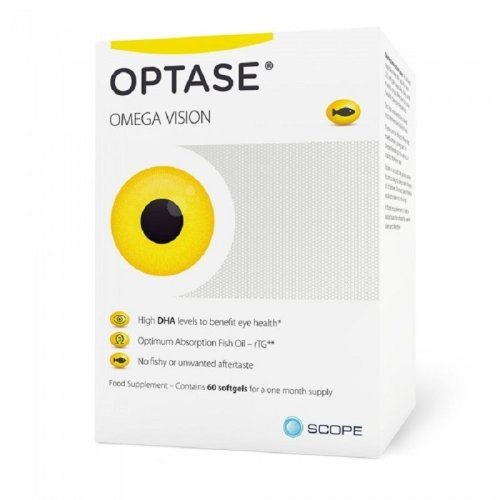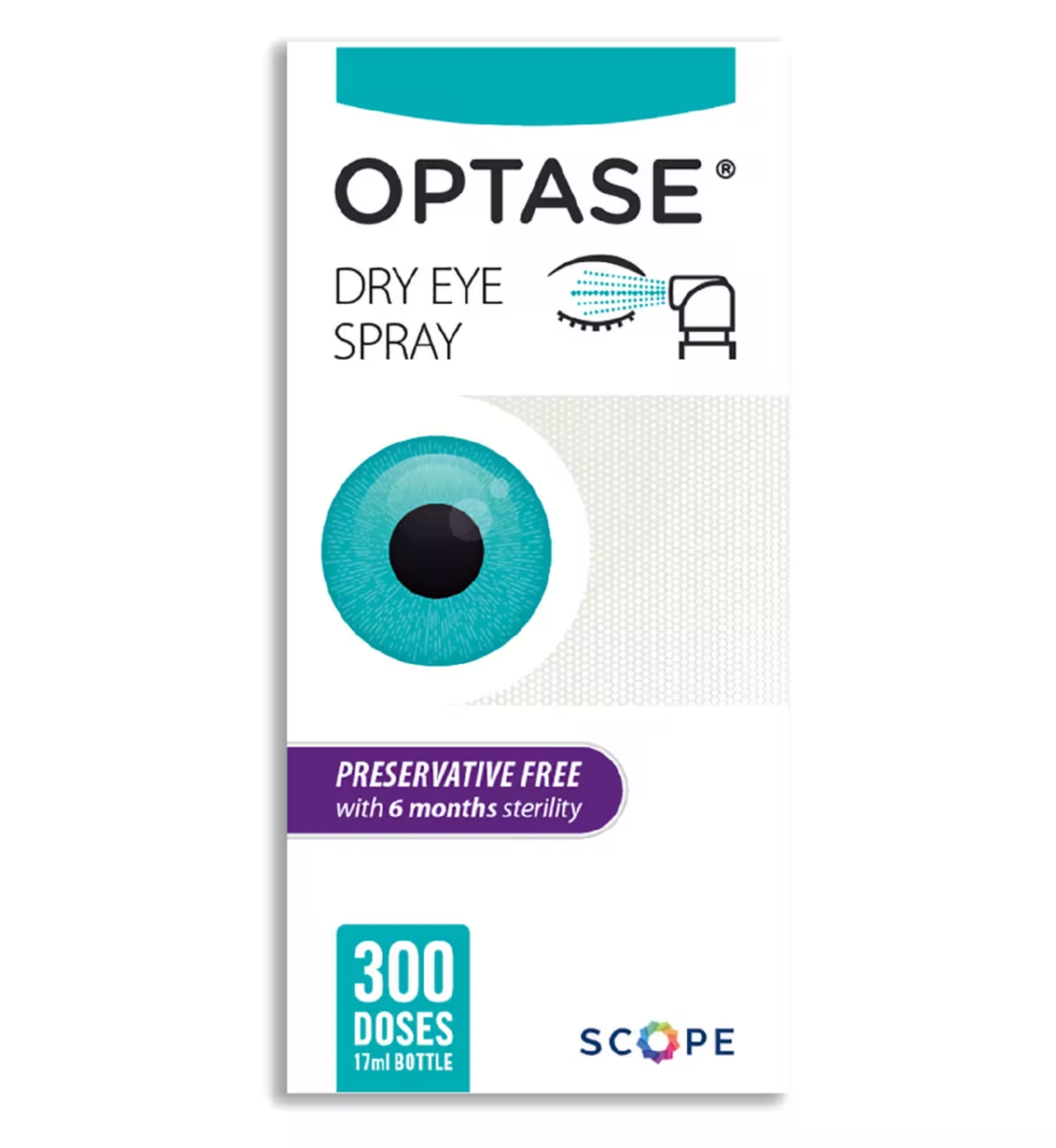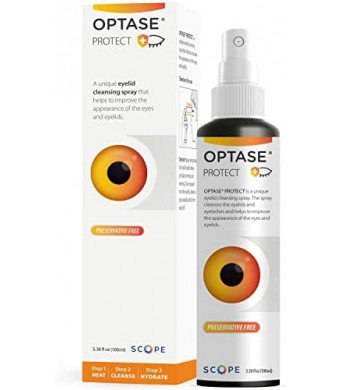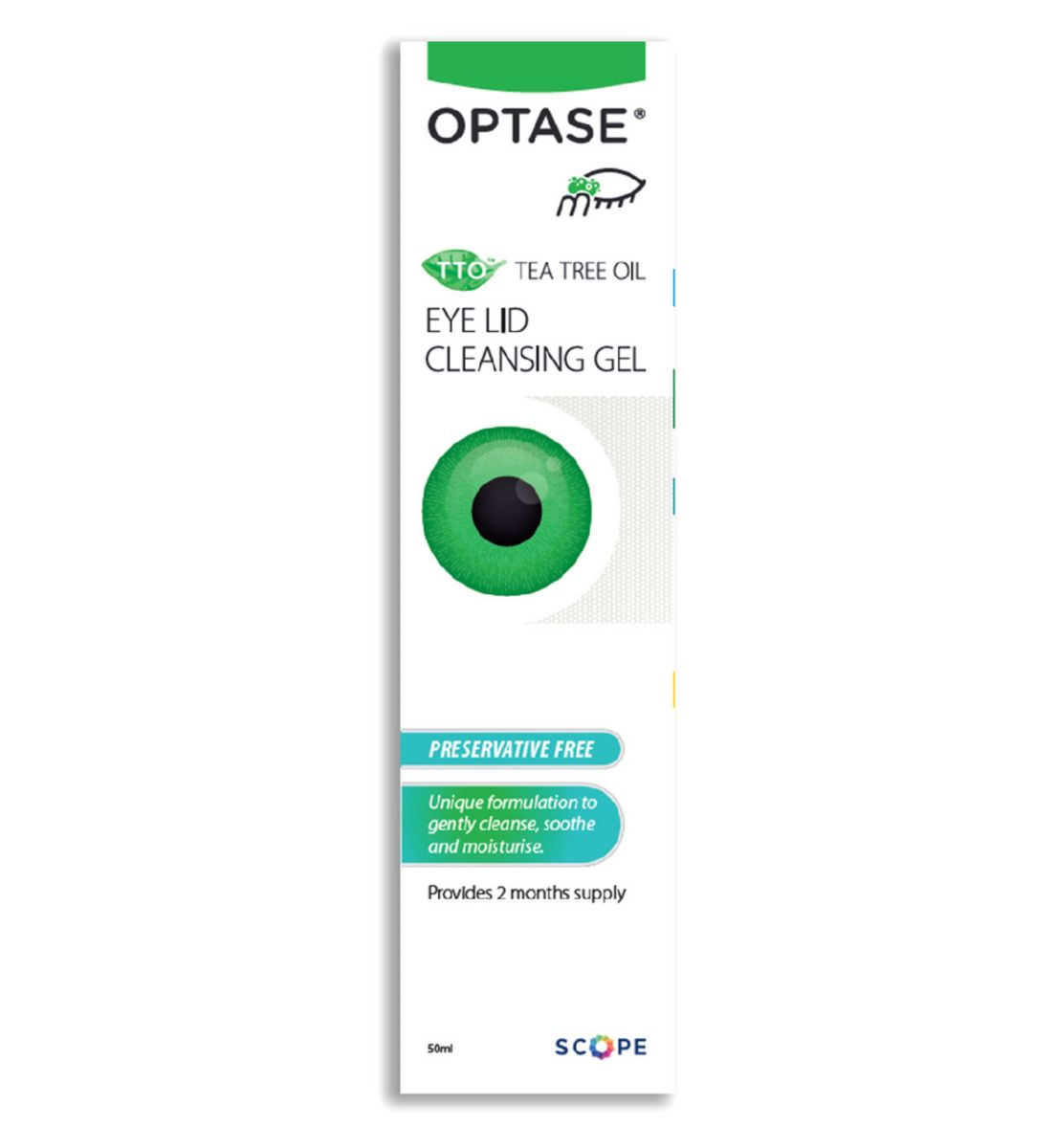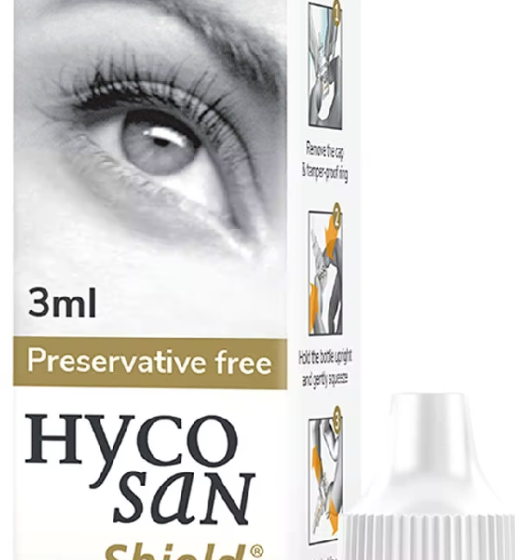Dry Eye by a Mobile Optometrist: Understanding the Effect Different Parts of the Tear Film Have on Dry Eye
Home eye tests are a convenient way to monitor your vision and eye health from the comfort of your own home. One important factor to consider when it comes to eye health is the tear film, which is made up of different layers that each play a critical role in protecting and nourishing the eye. In this blog post, we'll take a closer look at how the different parts of the tear film affect dry eye, and what you can do to protect your eyes and promote healthy tear production.
The Three Layers of the Tear Film
The tear film is composed of three main layers: the outermost lipid layer, the middle aqueous layer, and the innermost mucin layer.
Lipid Layer: The lipid layer is made up of oils secreted by the meibomian glands in the eyelids. This layer helps to prevent evaporation of the tear film and keep the eye moist and lubricated.
Aqueous Layer: The aqueous layer is the middle layer of the tear film, consisting of a watery fluid produced by the lacrimal gland. This layer helps to flush away debris and provide nourishment to the cornea.
Mucin Layer: The mucin layer is the innermost layer of the tear film, produced by the goblet cells in the conjunctiva. This layer helps to spread the aqueous layer evenly over the surface of the eye, ensuring that it stays moist and protected.
The Effect of Each Tear Film Layer on Dry Eye
Each layer of the tear film plays a crucial role in protecting the eye from dryness and irritation. Here's a closer look at the effect that each layer has on dry eye:
Lipid Layer: When the lipid layer is disrupted, it can lead to an increase in evaporation of the tear film. This can result in dryness and discomfort, as well as a higher risk of developing dry eye syndrome.
Aqueous Layer: A deficiency in the aqueous layer can lead to a reduction in the amount of fluid available to flush away debris and provide nourishment to the cornea. This can result in irritation, redness, and discomfort.
Mucin Layer: A deficiency in the mucin layer can lead to a lack of lubrication and protection for the cornea. This can result in discomfort, irritation, and a higher risk of developing dry eye syndrome.
How to Protect Your Tear Film and Promote Healthy Tear Production
To protect your tear film and promote healthy tear production, there are a few key steps you can take:
Use lubricating eye drops to supplement the tear film and provide relief from dry eye symptoms.
Take breaks from screens to reduce strain on the eyes.
Adjust your environment to reduce exposure to dry air, wind, and other environmental factors that can contribute to dry eye symptoms.
Use warm compresses to stimulate tear production and improve the tear film structure.
Incorporate foods rich in omega-3 fatty acids into your diet, as these have been shown to promote healthy tear production.
The Importance of Home Eye Tests
Regularly monitoring your vision and eye health through home eye tests can help you catch potential issues early and take a proactive approach to managing dry eye symptoms. By understanding the different parts of the tear film and how they affect dry eye, you can take steps to protect your eyes and maintain optimal eye health.
Keywords: home eye tests, tear film, dry eye, lipid layer, aqueous layer, mucin layer, lubricating eye drops, screen time, environment, warm compresses, omega-3 fatty acids.


